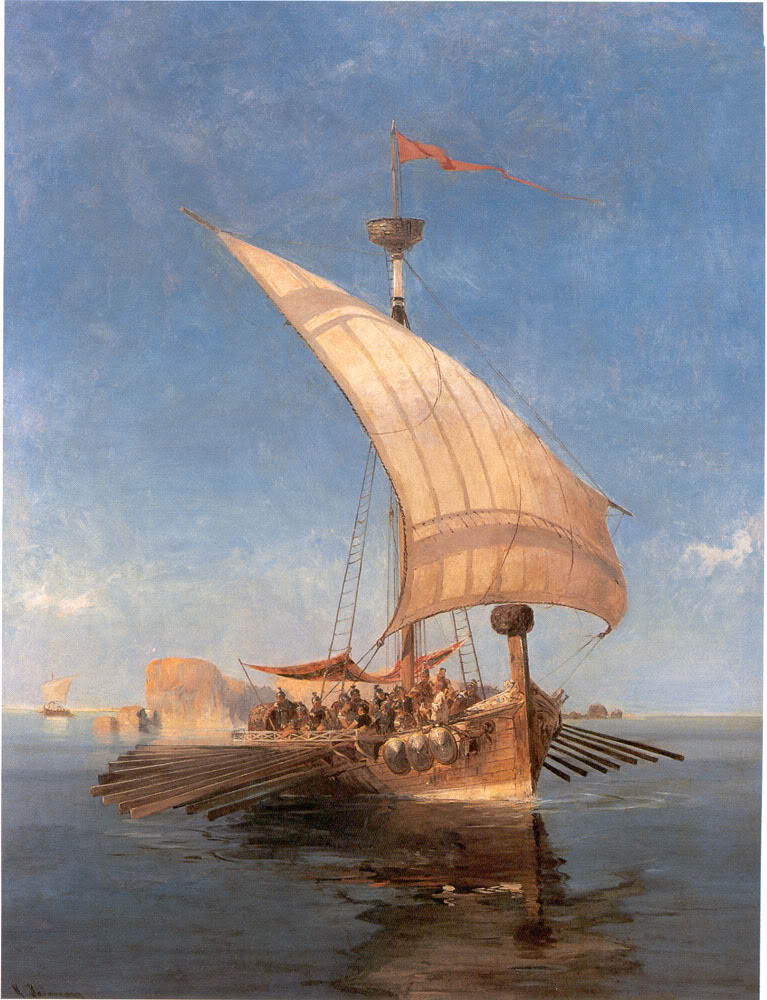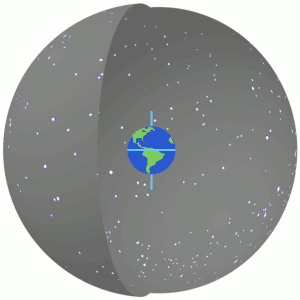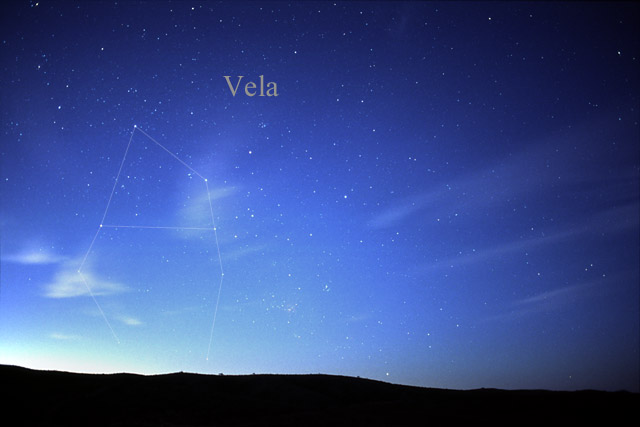|
Former Constellations
Former constellations are old historical Western constellations that for various reasons are no longer widely recognised or are not officially recognised by the International Astronomical Union (IAU). Prior to 1930, many of these defunct constellations were traditional in one or more countries or cultures. Some only lasted decades but others were referred to over many centuries. All are now recognised only for having classical or historical value. Many former constellations had complex Latinised names after objects, people, or mythological or zoological creatures. Others with unwieldy names were shortened for convenience. For example, Scutum Sobiescianum was reduced to Scutum, Mons Mensae to Mensa, and Apparatus Sculptoris to Sculptor. Some of the Northern Sky's former constellations were placed in the less populated regions between the traditional brighter constellations just to fill gaps. In the Southern Sky, new constellations were often created from about the 15th century ... [...More Info...] [...Related Items...] OR: [Wikipedia] [Google] [Baidu] |
Argo Navis - Prodromus Astronomiae 1690 (436433)
In Greek mythology, the ''Argo'' ( ; ) was the ship of Jason and the Argonauts. The ship was built with divine aid, and some ancient sources describe her as the first ship to sail the seas. The ''Argo'' carried the Argonauts on their quest for the Golden Fleece from Iolcos to Colchis. After the journey, the ship was retired and dedicated to Poseidon, the divine ruler of the seas. The ship has gone on to be used as a motif in a variety of sources beyond the original myth from books, films and more. Name Most accounts name the ship after her builder, Argus. The adjectival form is ''Argoan'' , from Greek ''Ἀργῶος'' through Latin ''Argōus''. Diodorus Siculus records that some thought the name was derived from an ancient Greek word for "swift" to indicate that the ship was designed to move quickly. Cicero, the Roman senator and orator, proposed that it was named after the Argives, a name for the Greek people of Argos in the Peloponnese that was commonly used by Homer. ... [...More Info...] [...Related Items...] OR: [Wikipedia] [Google] [Baidu] |
Declination
In astronomy, declination (abbreviated dec; symbol ''δ'') is one of the two angles that locate a point on the celestial sphere in the equatorial coordinate system, the other being hour angle. The declination angle is measured north (positive) or south (negative) of the celestial equator, along the hour circle passing through the point in question. The root of the word ''declination'' (Latin, ''declinatio'') means "a bending away" or "a bending down". It comes from the same root as the words ''incline'' ("bend forward") and ''recline'' ("bend backward"). In some 18th and 19th century astronomical texts, declination is given as ''North Pole Distance'' (N.P.D.), which is equivalent to 90 – (declination). For instance an object marked as declination −5 would have an N.P.D. of 95, and a declination of −90 (the south celestial pole) would have an N.P.D. of 180. Explanation Declination in astronomy is comparable to geographic latitude, projected onto the celestial sphere, and ... [...More Info...] [...Related Items...] OR: [Wikipedia] [Google] [Baidu] |
53 Eridani
53 Eridani (abbreviated 53 Eri), also designated l Eridani (l Eri), is a binary star in the constellation of Eridanus. The system has a combined apparent magnitude of 3.87. Parallax estimates made by the ''Hipparcos'' spacecraft put it at a distance of about 110 light-years, or 33.7 parsecs, from the Sun. The two components are designated 53 Eridani A (officially named Sceptrum) and B. Nomenclature ''53 Eridani'' is the system's Flamsteed designation; ''l Eridani'' is its Bayer designation. The designations of the two components as ''53 Eridani A'' and ''B'' derive from the convention used by the Washington Multiplicity Catalog (WMC) for multiple star systems, and adopted by the International Astronomical Union (IAU). 53 Eridani bore the traditional name ('scepter'), as it was one of the brighter stars, designated "p Sceptri (Brandenburgici)", in the obsolete constellation of Sceptrum Brandenburgicum. The constellation was coined by Gottfried Kirch to honor the B ... [...More Info...] [...Related Items...] OR: [Wikipedia] [Google] [Baidu] |
Meteor Shower
A meteor shower is a celestial event in which a number of meteors are observed to radiate, or originate, from one point in the night sky. These meteors are caused by streams of cosmic debris called meteoroids entering Earth's atmosphere at extremely high speeds on parallel trajectories. Most meteors are smaller than a grain of sand, so almost all of them disintegrate and never hit the Earth's surface. Very intense or unusual meteor showers are known as meteor outbursts and meteor storms, which produce at least 1,000 meteors an hour, most notably from the Leonids. The Meteor Data Centre lists over 900 suspected meteor showers of which about 100 are well established. Several organizations point to viewing opportunities on the Internet. NASA maintains a daily map of active meteor showers. Historical developments A meteor shower in August 1583 was recorded in the Timbuktu manuscripts.Abraham, Curtis"Stars of the Sahara" ''New Scientist'', issue 2617,15 August 2007, page 39–41 I ... [...More Info...] [...Related Items...] OR: [Wikipedia] [Google] [Baidu] |
Quadrantid
The Quadrantids (QUA) are a meteor shower that peaks in early January and whose radiant lies in the constellation Boötes. The zenithal hourly rate (ZHR) of this shower can be as high as that of two other reliably rich meteor showers, the Perseids in August and the Geminids in December, yet Quadrantid meteors are not seen as often as those of the two other showers because the time frame of the peak is exceedingly narrow, sometimes lasting only hours. Moreover, the meteors are quite faint, with mean apparent magnitudes between 3.0 and 6.0. Observations and associations The meteor rates exceed one-half of their highest value for only about eight hours (compared to two days for the August Perseids), which means that the stream of particles that produces this shower is narrow, and apparently deriving within the last 500 years from some orbiting body. The parent body of the Quadrantids was tentatively identified in 2003 by Peter Jenniskens as the minor planet , which in turn may be re ... [...More Info...] [...Related Items...] OR: [Wikipedia] [Google] [Baidu] |
Draco (constellation)
Draco is a constellation in the far northern sky. Its name is Latin for dragon. It was one of the 48 Lists of constellations, constellations listed by the 2nd century Greek astronomer Ptolemy, and remains one of the 88 modern constellations today. The north pole of the ecliptic is in Draco. Draco is circumpolar star, circumpolar from northern latitudes, meaning that it never sets and can be seen at any time of year. Features Stars Thuban (α Draconis) was the northern pole star from 3942 BC, when it moved farther north than Theta Boötis, until 1793 BC. The Egyptian Pyramids were designed to have one side facing north, with an entrance passage geometrically aligned so that Thuban would be visible at night. Due to the effects of Axial precession (astronomy), precession, it will again be the pole star around the year AD 21000. It is a blue-white giant star of magnitude 3.7, 309 light-years from Earth. The traditional name of Alpha Draconis, Thuban, means "head of the serpe ... [...More Info...] [...Related Items...] OR: [Wikipedia] [Google] [Baidu] |
Boötes
Boötes ( ) is a constellation in the northern sky, located between 0° and +60° declination, and 13 and 16 hours of right ascension on the celestial sphere. The name comes from , which comes from 'herder, herdsman' or 'plowman' (literally, 'ox-driver'; from ''boûs'' 'cow'). One of the 48 constellations described by the 2nd-century astronomer Ptolemy, Boötes is now one of the 88 modern constellations. It contains the List of brightest stars, fourth-brightest star in the night sky, the orange giant Arcturus. Epsilon Boötis, or Izar, is a colourful multiple star popular with amateur astronomers. Boötes is home to many other bright stars, including eight above the fourth magnitude and an additional 21 above the fifth magnitude, making a total of 29 stars easily visible to the naked eye. History and mythology In ancient Babylon, the stars of Boötes were known as SHU.PA. They were apparently depicted as the god Enlil, who was the leader of the Babylonian religion, Babyloni ... [...More Info...] [...Related Items...] OR: [Wikipedia] [Google] [Baidu] |
Quadrans Muralis
Quadrans Muralis (Latin for '' mural quadrant'') was a constellation created by the French astronomer Jérôme Lalande in 1795. It depicted a wall-mounted quadrant with which he and his nephew Michel Lefrançois de Lalande had charted the celestial sphere, and was named Le Mural in the French atlas. It was between the constellations of Boötes and Draco, near the tail of Ursa Major, containing stars between β Bootis (Nekkar) and η Ursae Majoris (Alkaid). Johann Elert Bode converted its name to Latin as ''Quadrans Muralis'' and shrank the constellation a little in his 1801 ''Uranographia'' star atlas, to avoid it clashing with neighboring constellations. In 1922, Quadrans Muralis was omitted when the International Astronomical Union (IAU) formalized its list of officially recognized constellations. Notable features * 44 Boötis was the brightest star of Lalande's version of the constellation. It was named Quadrans by the IAU Working Group on Star Names in 2025. * CL Dr ... [...More Info...] [...Related Items...] OR: [Wikipedia] [Google] [Baidu] |
Vela (constellation)
Vela is a constellation in the southern sky, which contains the Vela Supercluster. Its name is Latin for the sails of a ship, and it was originally part of a larger constellation, the ship ''Argo Navis'', which was later divided into three parts, the others being Carina and Puppis. With an apparent magnitude of 1.8, its brightest star is the hot blue multiple star Gamma Velorum, one component of which is the closest and brightest Wolf-Rayet star in the sky. Delta and Kappa Velorum, together with Epsilon and Iota Carinae, form the asterism known as the False Cross. 1.95-magnitude Delta is actually a triple or quintuple star system. History Argo Navis was one of the 48 classical constellations listed by the 2nd-century astronomer Ptolemy, and represented the ship ''Argo'', used by Jason and the Argonauts on their quest for the Golden Fleece in Greek mythology. German cartographer Johann Bayer depicted the constellation on his '' Uranometria'' of 1603, and gave the stars B ... [...More Info...] [...Related Items...] OR: [Wikipedia] [Google] [Baidu] |
Poop Deck
In naval architecture, a poop deck is a deck that forms the roof of a cabin built in the rear, or " aft", part of the superstructure of a ship. The name originates from the French word for stern, , from Latin . Thus the poop deck is technically a stern deck, which in sailing ships was usually elevated as the roof of the stern or "after" cabin, also known as the "poop cabin" (or simply the poop). On sailing ships, the helmsman would steer the craft from the quarterdeck, immediately in front of the poop deck. At the stern, the poop deck provides an elevated position ideal for observation. While the main purpose of the poop is adding buoyancy to the aft, on a sailing ship the cabin was also used as an accommodation for the shipmaster and officers. On modern, motorized warships, the ship functions which were once carried out on the poop deck have been moved to the bridge A bridge is a structure built to Span (engineering), span a physical obstacle (such as a body of water, ... [...More Info...] [...Related Items...] OR: [Wikipedia] [Google] [Baidu] |
Puppis
Puppis ("poop deck, stern") is a constellation in the southern sky. It was originally part of the Former constellations, traditional constellation of Argo Navis (the ship of Jason and the Argonauts), which was divided into three parts, the other two being Carina (constellation), Carina (the keel and hull), and Vela (constellation), Vela (the sails). Puppis is the largest of the three constellations in square degrees. It is one of the 88 modern constellations recognized by the International Astronomical Union. History The constellation of Argo Navis is recorded in Ancient Greece, Greek texts, derived from ancient Egypt around 1000 BC. According to Plutarch, its equivalent in Egyptian astronomy was the "Boat of Osiris". As Argo Navis was roughly 28% larger than the next largest constellation, Hydra (constellation), Hydra, it was sub-divided into three sections in 1752 by the French astronomer Nicolas Louis de Lacaille, including Puppis, which he referred to as "''Argûs in puppi'' ... [...More Info...] [...Related Items...] OR: [Wikipedia] [Google] [Baidu] |
Carina (constellation)
Carina ( ) is a constellation in the southern sky. Its name is Latin for the keel of a ship, and it was the southern foundation of the larger constellation of Argo Navis (the ship ''Argo'') until it was divided into three pieces, the other two being Puppis (the poop deck), and Vela (constellation), Vela (the sails of the ship). History and mythology Carina was once a part of Argo Navis, the great ship of the mythical Jason and the Argonauts who searched for the Golden Fleece. The constellation of Argo was introduced in ancient Greece. However, due to the massive size of Argo Navis and the sheer number of stars that required separate designation, Nicolas-Louis de Lacaille divided Argo into three sections in 1763, including Carina (the hull or keel). In the 19th century, these three became established as separate constellations, and were formally included in the list of 88 modern IAU constellations in 1930. Lacaille kept a single set of Greek letters for the whole of Argo, and sep ... [...More Info...] [...Related Items...] OR: [Wikipedia] [Google] [Baidu] |








